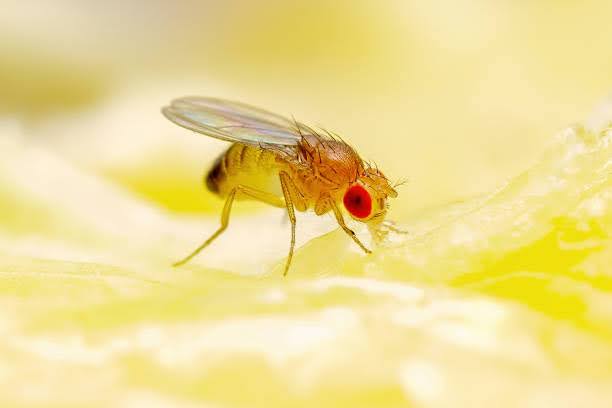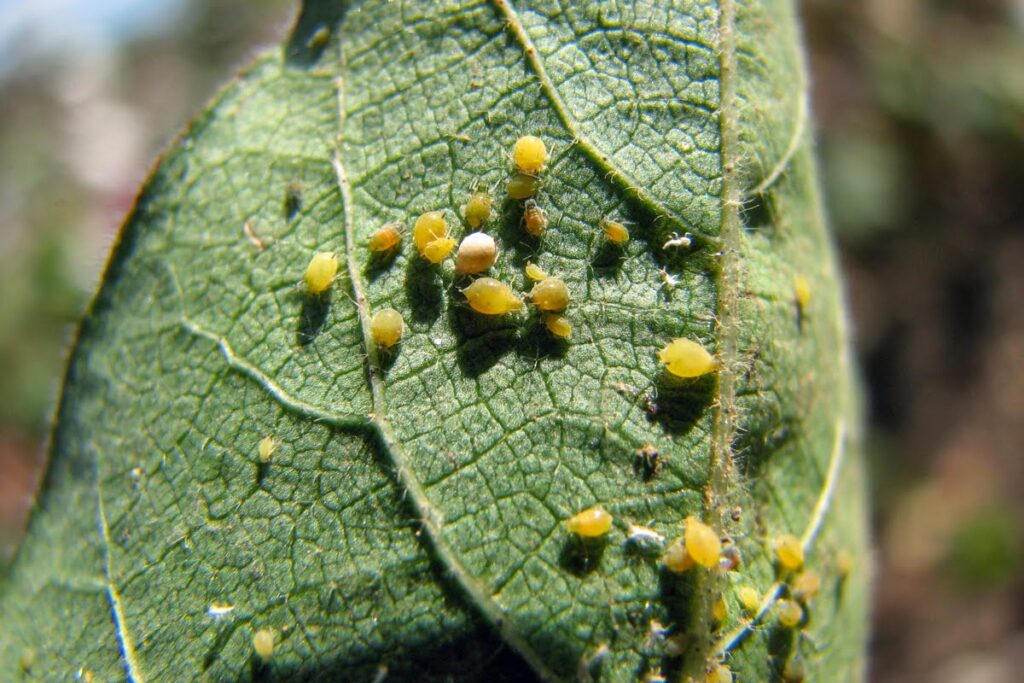Table of Contents
Introduction
Chow Chow vegetable plant, scientifically known as Sechium edule, is a remarkable vegetable that has captivated farmers and food enthusiasts alike. Also referred to as chayote, vegetable pear, or christophene, this member of the gourd family (Cucurbitaceae) offers a unique blend of culinary versatility and agricultural potential. In this comprehensive guide, we’ll explore every aspect of the Chow Chow plant, from its cultivation to its many uses in the kitchen and beyond.

Health Benefits of Chow Chow Plant
Chow Chow Plant is known for its numerous health benefits, which include:
- Rich in Nutrients: It is a good source of Vitamin C, dietary fibre, and essential trace minerals.
- Cancer Prevention: Regular consumption may help reduce the risk of certain types of cancers.
- Digestive Health: The high fibre content aids in preventing constipation.
- Thyroid Support: Chow Chow is beneficial for maintaining thyroid health.
- Skin Health: It may help in preventing acne and has anti-ageing properties.
- Bone Health: The vegetable contributes to preventing bone loss.
- Cardiovascular Benefits: It supports heart health and helps lower cholesterol levels.
- Muscle Cramps: Chow Chow can reduce leg cramps due to its mineral content.
- Cognitive Function: It is beneficial for brain function.
- Blood Pressure Regulation: Helps in reducing blood pressure levels.
- Anti-Inflammatory: The vegetable possesses anti-inflammatory properties.
- Weight Management: It aids in weight loss due to its low-calorie content.
- Kidney Health: This may help prevent kidney stones.
- Anaemia Prevention: It can assist in preventing anaemia by providing necessary nutrients.
- Birth Defect Prevention: Chow Chow may help reduce the risk of birth defects
Indian Names of Chow Chow Vegetable Plant
Chow Chow vegetable plant, also known as Chayote, has several names in different Indian languages:
- Chayote or Chow-Chow (Hindi)
- Seema Vankaya (Telugu)
- Seemai Kathirikai (Tamil)
- Seeme Bhadhare Kai (Kannada)
- Phuti Kakudi (Oriya)
- Bangalore Kathrikka/ Sheema Kathrikka (Malayalam)
- Chayote (Marathi)
Soil Requirements
Chow Chow plant thrives best in well-drained, fertile soils rich in organic matter. The ideal soil conditions include:
- Soil Type: Loose, well-drained soils are preferred. Heavy or clayey soils can hinder growth due to poor drainage.
- pH Level: The optimal pH range for Chow Chow is between 5.5 and 6.5. While it is somewhat tolerant of acidic soils, maintaining this pH range is crucial for nutrient availability and overall plant health.
- Soil Depth: Adequate soil depth is essential as Chow Chow is a perennial plant that can grow for several years. Deep soils support the extensive root system necessary for stability and nutrient uptake.
- Organic Matter: Incorporating well- decomposed farmyard manure (FYM) during land preparation enhances soil fertility and structure, promoting better growth and yield.
Climate Requirements
Chow Chow plant is adaptable but has specific climatic preferences that enhance its growth:
- Temperature: The optimal temperature range for Chow Chow cultivation is between 18°C and 22°C. It can tolerate temperatures slightly outside this range but performs best within it.
- Altitude: Chow Chow is typically grown at altitudes ranging from 800 to 2000 meters above sea level. In lower elevations, it is often cultivated during the winter season to avoid excessive heat.
- Humidity: High relative humidity (around 80-85%) is beneficial for Chow Chow, as it supports the plant’s growth and fruiting processes.
- Rainfall: Well-distributed annual rainfall of 1500 to 2500 mm is ideal. Proper moisture levels are critical, especially during flowering and fruiting stages, to prevent water stress
Chow Chow Vegetable Plant Farming: A Step-by-Step Guide
Choosing the Right Location
When cultivating a Chow Chow vegetable plant, selecting the ideal location is crucial for success. Consider the following factors:
- Climate: Chow Chow plant thrives in warm, tropical to subtropical climates.
- Soil: Well-draining, fertile soil is essential for optimal growth.
- Sunlight: The plant requires full sun to partial shade for best results.

Soil Preparation and Planting
Prepare your soil by incorporating organic matter to enhance fertility and improve drainage. Chow Chow plant is unique in its propagation method:
- Use whole, mature fruits for planting.
- Plant the fruits on their sides with the stem end slightly elevated.
- Space plants about 3-4 feet apart to accommodate their vigorous growth.
Supporting Your Chow Chow Plants
As a climbing vine, Chow Chow requires support structures:
- Install trellises, fences, or other climbing aids at the time of planting.
- Train the vines to grow on these supports as they develop.
Watering and Fertilization
Consistent moisture is key to successful Chow Chow cultivation:
- Implement a regular watering schedule, avoiding waterlogging.
- Apply a balanced fertilizer every 4-6 weeks during the growing season.
- Mulch around the plants to retain soil moisture and suppress weed growth.
Harvesting Your Chow Chow
Harvest your Chow Chow fruits 4-6 months after planting, when they reach the desired size and maturity. Handle the fruits gently to avoid bruising, and use clean, sharp tools for harvesting to minimize damage to the plant.
Nutritional Profile of Chow Chow
Chow Chow is not only versatile but also nutritious. It’s low in calories and rich in various vitamins and minerals, including:
- Vitamin C
- Folate
- Potassium
- Zinc
- Dietary fiber
This nutritional profile makes Chow Chow an excellent addition to a balanced diet, supporting various aspects of health from immune function to digestive wellness.
Culinary Uses of Chow Chow
The culinary applications of Chow Chow are vast and varied. Here are some popular ways to incorporate this versatile vegetable into your cooking:
Raw Preparations
- Grate into salads for a crisp, refreshing addition
- Slice thinly for a crunchy snack or as part of a crudité platter
Cooked Dishes
- Stir-fry with other vegetables and proteins
- Add to soups and stews for texture and nutrition
- Stuff and bake for a unique vegetarian main course
Pickling and Preservation
Chow Chow excels in pickled form, offering a tangy and crisp addition to meals. Experiment with different pickling spices and techniques to create your signature Chow Chow pickle.
Other Uses of the Chow Chow Plant
Interestingly, almost every part of the Chow Chow plant is edible and useful:
- Leaves and tender shoots can be cooked like spinach
- Tuberous roots can be prepared similarly to potatoes
- The vines can be used for weaving baskets or as a natural fiber
Some cultures also use various parts of the plant in traditional medicine, though more research is needed to verify these potential health benefits.
Sustainable Farming Practices for Chow Chow
Chow Chow cultivation can be integrated into sustainable farming systems:
- Its climbing nature makes it ideal for vertical gardening, maximizing space efficiency.
- The plant is relatively drought-tolerant once established, contributing to water conservation efforts.
- Chow Chow can be part of companion planting schemes, potentially benefiting other crops in the garden.
Pest and Diseases in Chow Chow Vegetable Planting
While generally hardy, Chow Chow Plant can fall victim to common cucurbit pests and diseases. Implement an integrated pest management approach, combining cultural practices with targeted interventions when necessary.
There are various pests and diseases that can affect Chow Chow vegetable growth and yield.
Pests
Common pests that affect Chow Chow vegetable plants include:
Fruit Fly: This pest lays eggs in the fruit, leading to decay and loss of yield.

Scales: These insects feed on plant sap, weakening the plant and potentially leading to further infestations.

Mealy Bugs: They also extract sap from the plant and can cause leaf yellowing and stunted growth.
Aphids: These small insects can transmit viral diseases and cause significant damage by feeding on the sap of the plant.

Control measures for these pests often include the application of insecticides such as Dimethoate and the destruction of affected fruits to manage populations effectively.
Diseases
Chow Chow vegetable plants are prone to several diseases, including:
Mosaic Virus: This viral infection causes mottled leaves and can severely impact plant vigor and fruit production.

Powdery Mildew: Characterized by a white powdery fungus on leaves, this disease can inhibit photosynthesis and lead to leaf drop.

Downy Mildew: This fungal disease appears as yellow spots on the upper leaf surface and a downy growth on the underside, affecting overall plant health.

To fight these diseases, recommended treatments include:
- Mosaic Virus: Spraying Methyl demeton at specified intervals can help control this disease.
- Powdery Mildew: The application of Bavistin can be effective in managing this fungal issue.
- Downy Mildew: Regular spraying with Dithane M-45 is advised for effective control.
Proper management practices, including crop rotation and maintaining good ventilation, can also help mitigate the impact of pests and diseases on Chow Chow plants.
Conclusion:
As we’ve explored in this guide, the Chow Chow vegetable plant offers a world of possibilities for farmers, gardeners, and food enthusiasts alike. From its humble origins in Mesoamerica to its growing popularity in global cuisines, this versatile gourd continues to captivate with its unique flavor, nutritional benefits, and adaptability.
Whether you’re a seasoned farmer looking to diversify your crops, a home gardener seeking a new challenge, or a curious cook eager to experiment with new ingredients, Chow Chow has something to offer. By following the farming guidelines outlined in this article and exploring the myriad culinary applications, you can join the growing community of Chow Chow enthusiasts around the world.
As we look to the future, the Chow Chow plant stands as a testament to the importance of preserving and promoting diverse crop species. Its resilience, nutritional value, and culinary versatility make it a valuable asset in our quest for sustainable and varied food sources. So why not give Chow Chow a try? Whether you’re growing it in your backyard, picking it up at a local farmer’s market, or incorporating it into your next meal, you’re sure to discover the unique charm and potential of this remarkable vegetable.


